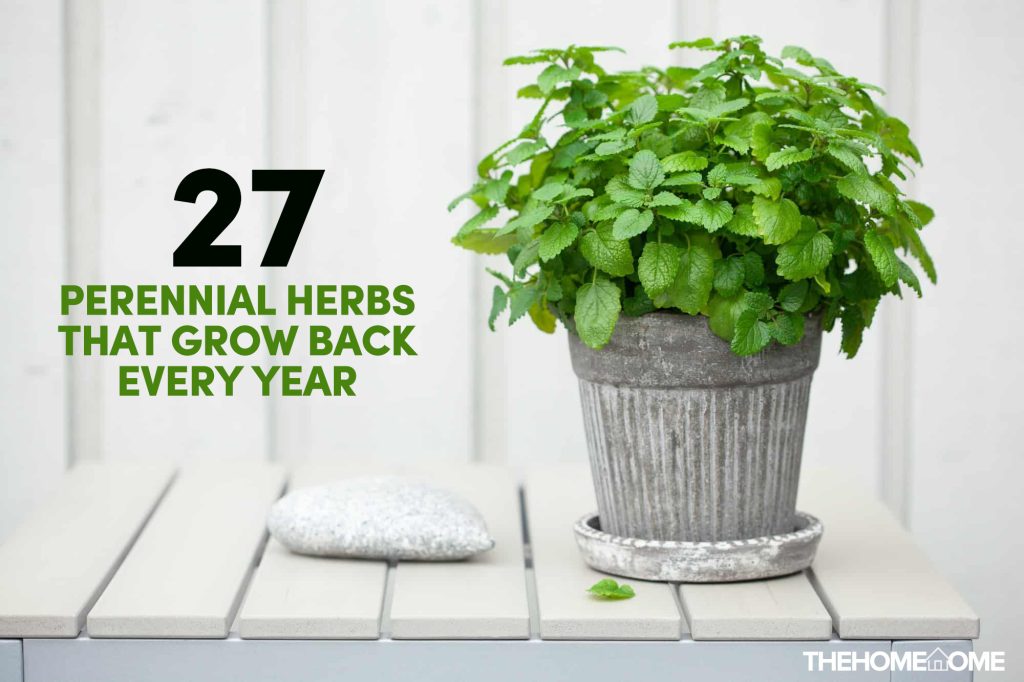What Herbs Come Back Every Year? Have you considered growing herbs for medicinal or culinary purposes in your garden? Do you need information on their benefits, uses, and how to propagate them? Are you confused about what herb to grow based on your need for them? Fortunately, this article is what you have been searching for.
Ever heard the saying herbs are the friend of the physician and the pride of cooks? Herbs have always been an essential part of most cultures and have been used for thousands of years, long before history was recorded.
The advancement in science and technology has led to a wide span in the knowledge of herbs and their multifunctional utility.
This article provides a list of 27 perennial herbs that grow back every year, their propagation requirements, benefits, uses, and general tips for growing them.
What Are Perennial Herbs?
Those herbs that come back every spring with sweet fragrances are called Perennial Herbs. Perennial herbs are popular amongst garden growers considering their lifespan and their ability to bloom easily; they are recognized for their never-ending growth.
Relatively, most perennial herbs are low and easy-maintenance plants to grow and can be used for several things.
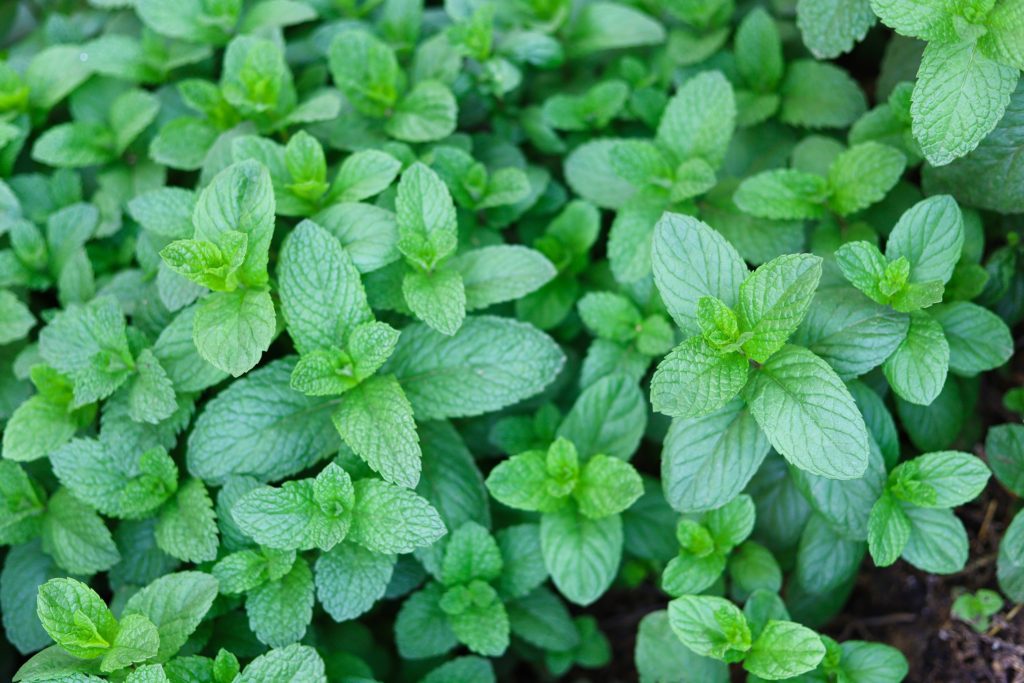
Most perennial herbs are grown for their fragrance and culinary use. In growing perennial herbs, you could make use of containers or they can be ground grown. However, it is best to select a permanent location if you would be growing a variety of perennial herbs.
It is important to study the hardiness of your perennial herb before propagation to know how to cater to its growing needs and to provide the best environment for the perennial herb.
The major difference between perennial herbs and other plants is their low ability to exude a wooden exterior; a major feature of the perennial herb is most parts of the plant are fleshy and soft in texture.
Most perennial herbs have a deep root system which means they can be grown to evade soil erosion. An interesting fact about perennial herbs is their ability to produce very attractive flowers and guess what? They can be the spice you need for your dessert and cuisine.
Why Plant Perennial Herbs In Your Garden?
Have you seen those leaves that can be cooked, added to food, and used to treat health conditions and you have wondered what they are? Do you know those leaves that can be ground into powder and used to make tea? Well, these plants are called Herbs.
Herbs are plants that are grown for culinary, and medicinal purposes, and sometimes for the fragrances, they exude when they bloom.
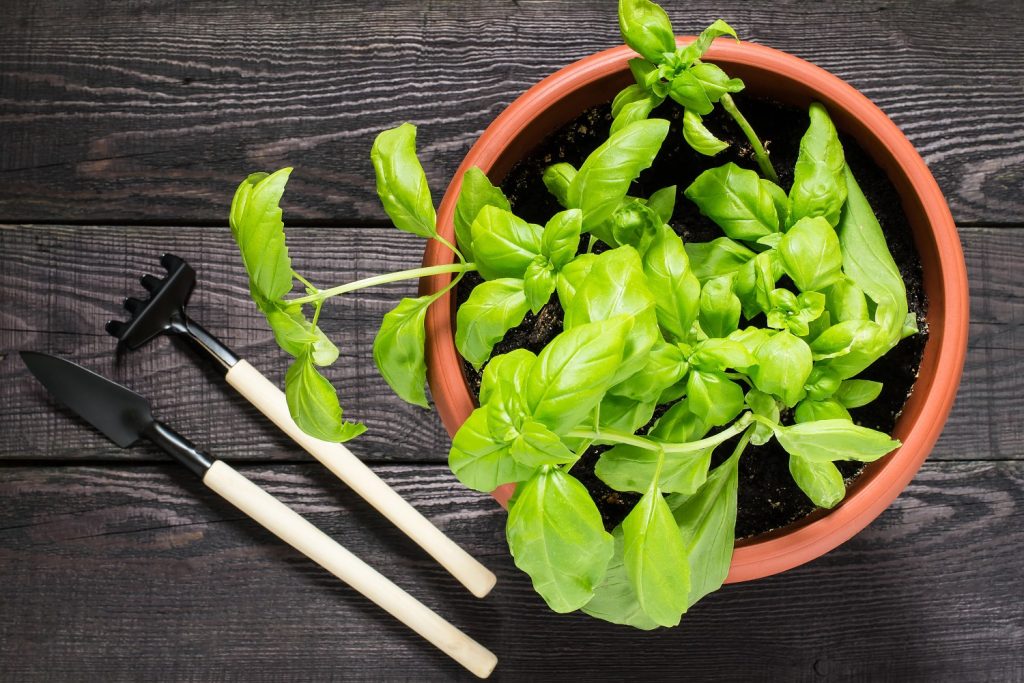
Herbs usually have fleshy and juicy stems upon thriving. They are healthy plants for consumption and have become essential in maintaining the health of people. They have gained recognition for being the essential elements in traditional medicine.
The perennial herbs live for more than two years and they are usually differentiated from other plants with their multifunctional utility. Herbs have been used to treat infectious diseases and reduce the effect of certain medical conditions.
Herbs have been used to combat ailments such as constipation, malaria, diarrhea, and menstrual disorders amongst a few.
There cannot be traditional medical practitioners without herbs. It would amaze you to know that those curry and thyme spices are products of herbs; the scintillating aroma cooks look for while making delicacies is usually produced when herbs are added to their culinary mix.
27 Perennial Herbs to Plant Today
The following is a list of 25 perennial herbs that can be grown in your garden, their uses, and how they can be propagated.
1. Fennel
The fennel belongs to the carrot family; it has yellow flowers and feathery leaves. They usually grow into bulbs. The fennel plant is one herb in that all parts are edible, from the stalk to the seeds. The plant can be used for different culinary purposes. They are highly efficient in maintaining and strengthening bones.
It is also helpful in reducing blood pressure and decreasing the risk of heart disease. Propagating is quite easy as you only require a bulb with the proper container and soil mix.
2. Ginger
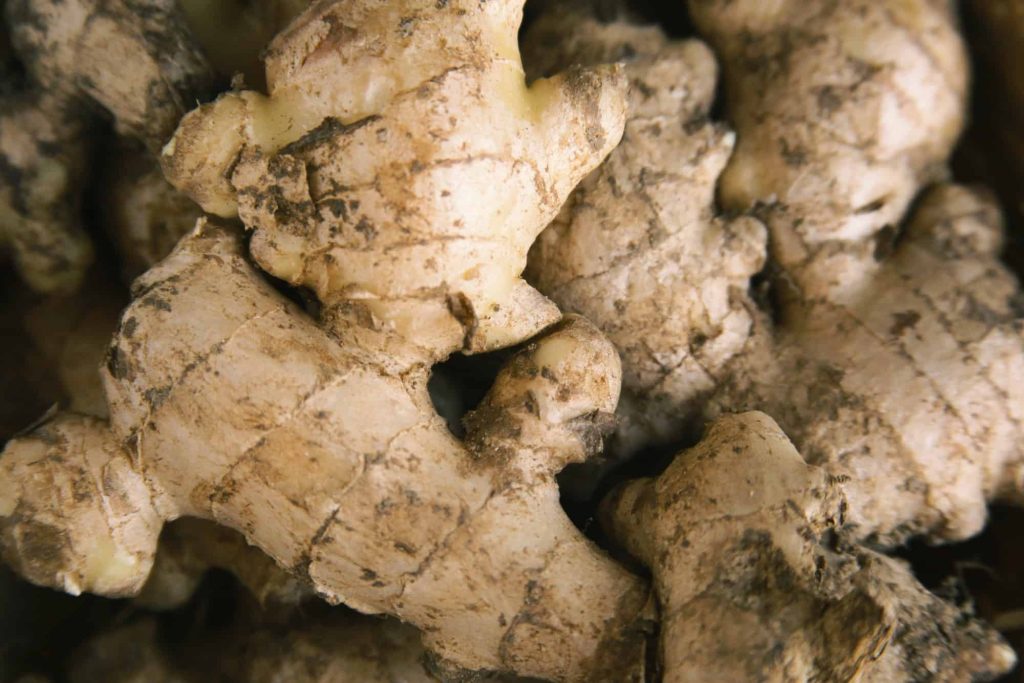
Amongst herb growers, ginger is a favorite. Ginger can be used as a spice and for medicine. Propagating ginger can be quite tedious as it requires different stages. They are often used for the fragrance they exude when cooked. They can be used in food and medicine such as vegetables, alcoholic beverages, and even candy.
In addition, they can be used to make tea. It helps in treating bloating and improves digestion, relieves nausea, and also helps treat colds and flu.
3. Bee Balm
The bee balm is called Monarda and belongs to the mint family. To propagate the bee balm is quite easy as you need to just provide the appropriate soil, good fertilizer, and water it adequately. It is widely used for its fragrance. The crushed leaves produce fragrant oils.
It is used in treating skin infections and minor wounds and can also be used to alleviate stomach ailments. In addition, it tastes like a mix of peppermint and spearmint and can be used to season meats
4. Chives
The leaves and flowers that the chives plant produces when it blooms are both edible. They are related to the onion family. They are used as ingredients in many delicacies; they are widely sued in omelets, fish, potatoes, and soups. The leaves can also be used in salad.
The juice from the plant can be used in treating fungal infections and scabs. They are propagated in war, environments, and organic soil and require the bright sun to thrive.
5. Lemon Balm
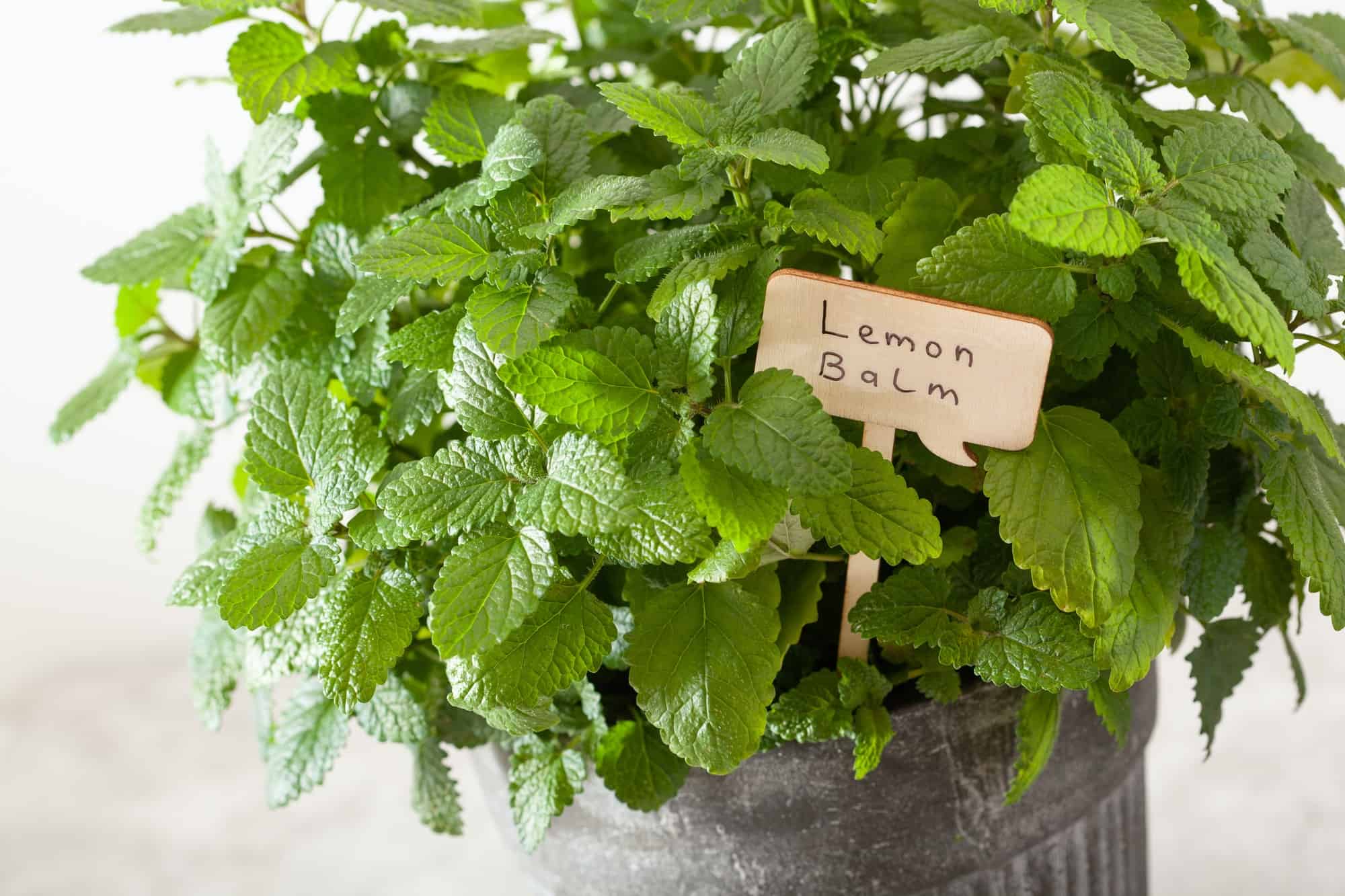
The lemon balm is loved for its mild lemon fragrance and belongs to the mint family. The leaves are soft and have a hairy texture. It is used in treating digestive-related problems and the oil produced from the leaves is used in aromatherapy. It can also be grown as an ornamental plant and can be used to attract bees.
The oil produced is the main ingredient in most perfumes. To propagate lemon is not difficult as you need seed, organic soil, moist organic soil, and bright light.
6. Tusli
The Tulsi plant also called Holy basil is widely cultivated for its aromatic essence. The sweet fragrance of the Tusli makes it a favorite amongst herb growers. It is used in making tea and can be used to repel insects. The basic requirements to cultivate the Tusli are just moist soil, warm temperature, adequate lighting, and sufficient watering. The seeds germinate after 3 weeks of planting.
7. Peppermint
The peppermint is an offshoot of cross-breeding; the hybrid plant is a cross between the water mint and spearmint. It is used in teas and also as flavor in sweets, skin, and hair products, and can also be used as a food preservative.
Peppermint oil is very effective in treating muscle aches, nerve pains, and irritable bowel syndrome. It thrives in moist soil and warm environments.
8. Lovage
The Lovage plant is widely cultivated in Europe. The Lovage is one multipurpose plant as the leaves can be used as an herb, the roots as vegetables, and the seeds as a spice. It is one herb that has it all.
It can be used in salads and season broths and can be added to alcoholic beverages. It helps stimulate urination and can be used as a cleansing agent to flush the bladder and kidneys. It is also used in treating some respiratory conditions and fever.
9. Yarrow
Yarrow is a common name for the Achillea Millefolium plant. Its other nicknames are nosebleed plant, devil’s nettle, and old man’s pepper. The plant is widely recognized for its strong and sweet fragrance. They can be used as a tea and used to combat soil erosion.
They are useful in salad dressings and can be used in liquors. They help in alleviating earaches, and throat infections and help in reducing insomnia. They require well-drained soil and sufficient lighting to thrive.
10. Sage
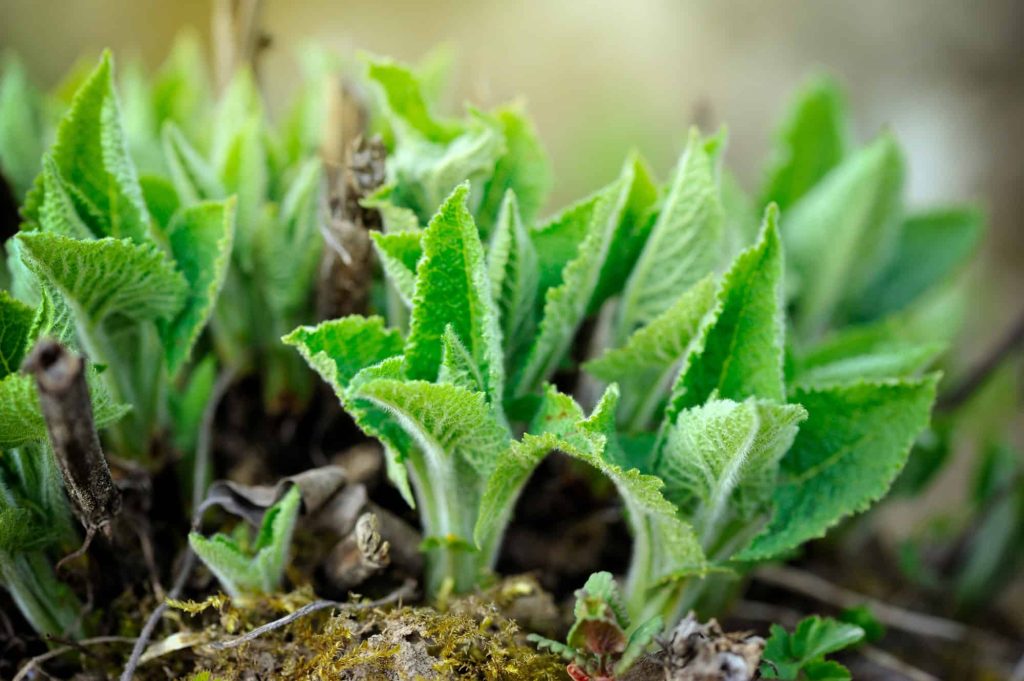
Sage is a common name for the Salvia officinalis. Its other names are common sage, garden sage, golden sage, or kitchen sage. It is used in seasoning fish and used as a flavor for fish-related dishes. It can be used in treating digestive-related issues, and loss of appetite and helps in combatting depression and Alzheimer’s diseases.
They are also very effective in reducing high cholesterol. The basic requirements to propagate the sage are adequate lighting, moist soil, and proper shading.
11. Oregano
Oregano is a perennial herb that I commonly use in dishes and cuisines. They are widely used to season grilled meat and fish and are also added to vegetables. The ground leaves can be used to flavor salads. They help treat asthma, cramps, indigestion, and aching muscles.
To propagate oregano, you need the seed, well-drained soil, adequate lighting and watering, and regular trimming
12. Rosemary
The rosemary can be easily recognized with its needle-like leaves and attractive flowers. They are used as a flavor for different delicacies and cuisines. The rosemary plant grows best in loamy soil with bright lighting.
The oil produced from crushing its leaves is used in perfumes because they exude a strong fragrance upon being crushed. In addition, the oils can be used to boost hair growth and alleviate muscle aches.
13. Garlic
Garlic is a relative of the onion family because of its bulblike appearance. For culinary purposes, it is used as a condiment and as a seasoning flavor. The aroma it exudes when added to dishes is mouthwatering. They are essential ingredients for classic dishes such as garlic toast and garlic bread.
Garlic can be used in treating common colds, reduction of blood pressure, and improving cholesterol levels in adults. They are also helpful in detoxifying the body and can be added to ginger tea.
14. Cayenne
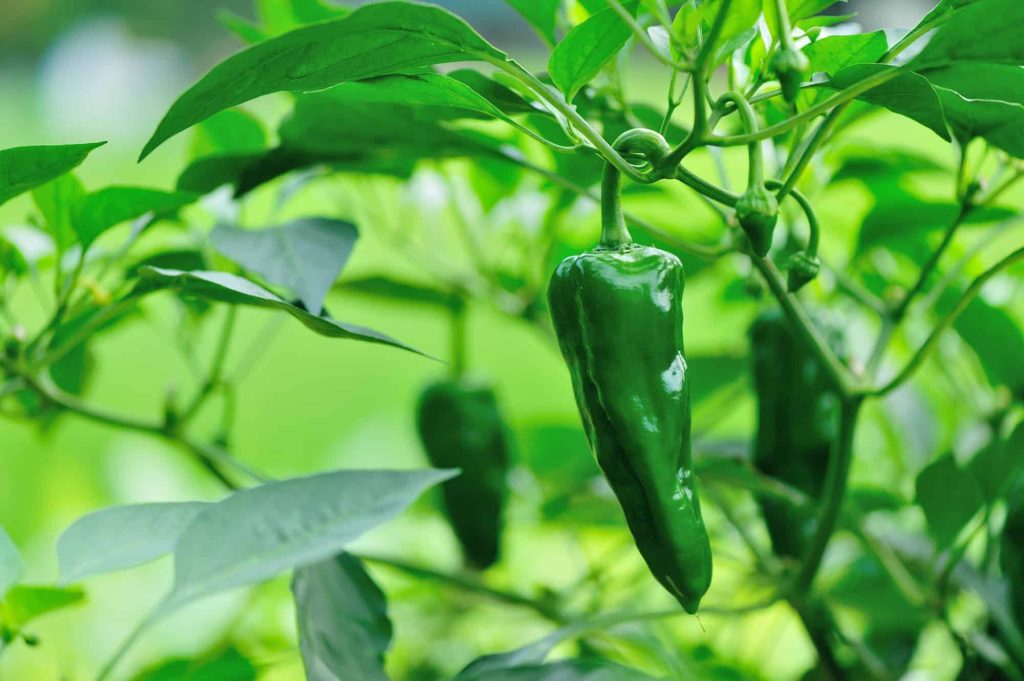
The cayenne is used majorly for culinary purposes. They belong to the family of chili peppers. Upon bloom, they produce peppers that can be used in cooking spicy dishes. The cayenne can be used in fresh and dried forms in cuisines and different delicacies. They help boost metabolism and aid digestion.
15. Thyme
Thyme belongs to the mint family and is commonly used for its fragrance. They are widely cultivated for their culinary, medicinal, and ornamental uses. Propagation is quite easy as they are drought-tolerant plants.
Thyme can be used in its dried and fresh form. They are used as seasoning agents in cuisines and dishes. They are used as antiseptic and are an essential ingredient in various mouth washing products.
16. Calendula
The Calendula belongs to the daisy family and its most common name is the marigold. It is used as a natural colorant in various dishes and the edible leaves can be added to salads, soups, and liquor.
A dye can also be extracted from its flowers to produce different hues of yellow and orange. It can be used as an anti-inflammatory agent and also helps control bleeding.
17. Sweet Marjoram
It is propagated majorly for culinary purposes and can be used in its dried and fresh form. The sweet marjoram is used in seasoning soups, salad dressings, and herbal teas. The plant possesses antioxidant agents and can be used t protect the lung from cancer and help boost hormonal health for women.
18. Motherwort
The motherwort herb is known to grow in riverine areas and has a wide range of medicinal uses. Unlike other herbs, the motherwort is not appreciated as a culinary herb because of its unpleasant smell and flavor. The medicinal uses make up for its culinary disadvantages.
It helps in combatting heart-related diseases and helps alleviates anxiety and depression. They have various health benefits and are widely recommended as medicinal herbs to grow.
19. Echinacea
Echinacea is a common name for coneflower. This plant is one herb that has an attractive foliage appearance when it blooms. They are widely used for their medicinal benefits. Traditional medical practitioners have claimed that they help combat colds and help decrease inflammation.
20. Chickweed
The Stellaria medis, fondly called chickweed is commonly used as a herbal remedy. It has both culinary and medicinal purposes. They are often added to salad dressings and can be used in a poultry diet. It is effective in treating certain skin conditions and helps alleviate bone aches.
21. Roman Chamomile
This plant has a beautiful foliage appearance of bright yellow and white flowers. The extracts from the leaves are used in hair and skin care products. It is used to aid sleep and thus combats insomnia. It is an essential ingredient used in aromatherapy.
22. Comfrey
They are widely recognized as medicinal herbs. The extracts are used in producing ointments and creams. It is used in treating bronchitis, ulcers, and menstrual disorders and also helps reduce joint and muscle aches.
23. Lavender
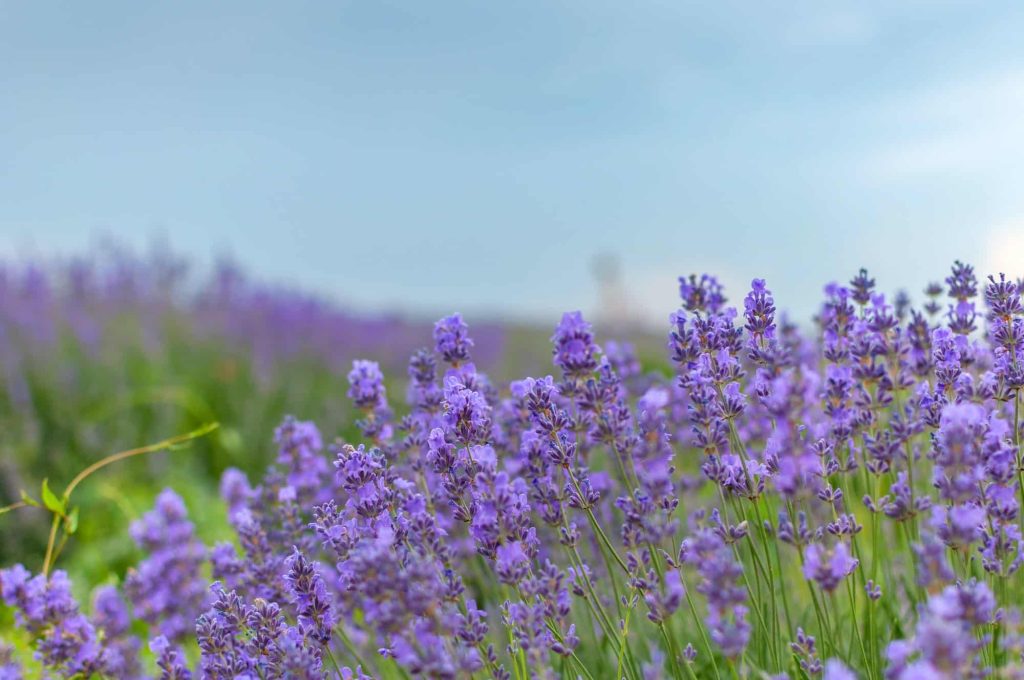
This sweet fragrant herb belongs to the mint family. It is used as a spice in pasta, salads, and desserts. They can also be processed into tea. The oil produced can be used in perfumes and aromatherapy. They thrive in well-drained soil and require adequate lighting and watering.
24. Dandelion
This is one easy perennial herb to cultivate as it can grow anywhere and so does not require much attention so long as its basic requirements are provided. They have various medicinal benefits and can be used in tea. It helps in improving liver health and can be used as a natural coffee substitute.
25. Feverfew
The feverfew is a herbal plant used for medicinal purposes. It is used in treating headaches and helps in alleviating the effects of skin conditions. The feverfew is easy maintenance and can be cultivated without much stress with basic information.
26. French Tarragon
French Tarragon is an interesting and very beneficial herb to have in your perennial garden. These herb leaves have licorice and anise flavor that works well when added to eggs, fish, or chicken dishes. This herb is only half-hardy and won’t survive harsh winter.
27. Mint
Mint is a refreshing and popular perennial herb. Just like other hardy perennial plants, it is easy to grow and with its vigorous growth habit, it will keep growing back. Mint is also frosting tolerant hence it usually dies in winter but comes back in spring. Mint is an interesting perennial herb and its scent is sure to repel harmful pests like aphids, cabbage moths, and ants.
Frequently Asked Questions
How long does a perennial herb live?
Your perennial herb can live up to two years or more years. Perennial herbs will keep growing and spreading each although some might go dormant in winter but always sprout new leaves in spring.
Can I grow herbs indoors all year round?
Yes, some herbs can be planted indoors all year and will thrive with little to no effort. Perennial herbs like basil, parsley, and thyme can be planted indoors all year round and most herbs prefer the same temperature as humans hence they will do fine being planted indoors.
How do you keep herbs alive in the winter?
To protect herbs from the cold winter, you can have them potted or moved into a frost-free greenhouse. One of the best ways to keep herbs alive in the winter is to add a thick layer of coarse mulch such as shredded leaves, bark, or straw to keep your herbs intact.
What are hardy perennials?
Hardy perennials are simply perennial plants that can survive winter and open ground all year round. Hardy perennials can also survive frost and still come back for three seasons.
Will rosemary come back every year?
Rosemary is one of the most popular herbs in culinary gardens and yes, it will come back every year. Rosemary is a perennial plant, and it does best in containers, it will also survive the harsh winter months if it is kept indoors.
In conclusion
Starting herbal propagation is not as difficult as people make it to be. Studying the nature of the herb you want to propagate is the first step to stress-free propagation.
In addition, identifying the purpose for propagation whether for culinary, medicinal or just fragrance purposes is important before you start propagation; this helps you select the best choice and prevents you from making mistakes in selection and purchase.

